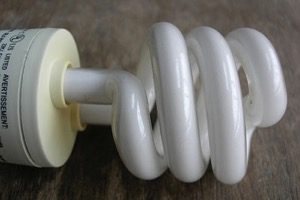
Energy efficient products or systems use less energy than conventional technology to perform the same task. Such projects are often quite cost effective because they save money over the long term through avoided fuel costs. In other words, such projects have a “payback”.
Most energy efficiency offset projects are implemented at large industrial facilities. Demand-side energy efficiency projects are often small and disaggregated (e.g. distributing LED bulbs or installing more efficient cooking stoves). Establishing a baseline, monitoring, and evaluating energy efficiency projects can be challenging and labor-intensive. Consequently, such projects often have higher transition costs than large centralized offset projects. Also, it can be difficult to prove that such projects are additional given that they often have short to medium term paybacks separate from the offset revenue and are often considered economically rational.
Indirect emissions reductions
Energy efficiency projects lead to so-called “indirect emissions reductions”. Emissions are not reduced at the building where the LED bulbs are installed, but in the power plant which has to produce less electricity because of reduced demand. Who then owns this emissions reduction? Is it the power plant or the person who installed the bulb? Because it is difficult to establish ownership of these emissions reductions and because it is therefore easy for both entities with a stake to count the reductions, some programs do not allow for demand-side-management projects as offset projects.
